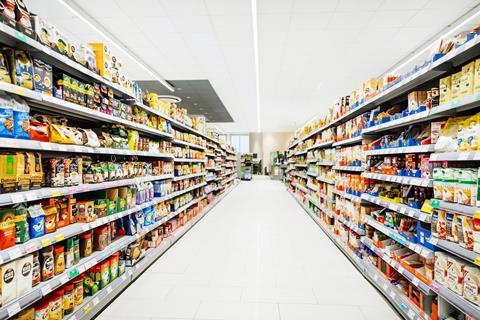
As we start to wrap up the final week before Christmas, I’m not sure many of us will be sad to see the end of 2022. While it started with promise, it’s been a turbulent year for all manner of reasons, driven by problems at home and abroad. Many businesses experienced losses on the back of unusual growth during the pandemic, and on top of that we have the endless cost increases. To say it’s been a challenging year is an understatement, but will 2023 bring any relief?
While we all want to start the new year with optimism, the reality is it will be tough. The cost of living crisis will continue, and shoppers will be forced to reconsider their spending and household budgets. This will have the effect of reducing volume consumption as well as driving more consumers into private label and cheaper retailers.
Whilst growth opportunities will exist, they will be specific and finding them will be challenging. We’re already seeing signs of brands changing their approaches in a bid to protect volume, as shoppers focus on value over loyalty and private label continues to steal share. For brands to succeed and for retailers to benefit, resilience will be key – and a top contender for the buzzword of 2023.
So which areas in fmcg are standing firm to take the title of most resilient to date?
Petfood
As a whole, petfood is outperforming fmcg. While it has seen some of the heftiest price increases, products are still in demand as we need to feed our four-legged friends. Main meal unit price has increased 21% in the last 13 weeks alone, but unit decline is only at 4.7%. Pets are a high priority, but owners will continue to look for cheaper alternatives, with private label growing share in a category that has traditionally been brand-led.
Store cupboard staples
Categories such as cooking oil, fresh milk, butters and spreads, prepacked cheese and eggs are typically viewed as essentials. The demand for these products doesn’t make them immune to changing shopper behaviour in the face of price increases, but it does make them more resilient than most. The unit price change also has an impact on other categories. Where this has increased a huge 33% for cooking oils, 30% for fresh milk and 23% for butters and spreads, inevitably shoppers have less disposable income to spend elsewhere. As the cost of living crisis worsens, we will certainly see priorities shifting and sadly shoppers will have some tough decisions to make, even when it comes to these types of essentials.
Cheaper meal solutions
We have seen frozen options and ambient product categories such as soup performing well as shoppers look to save money and reduce waste. Moving away from fresh ingredients that can quickly spoil and end up in the bin is a practical step households are taking. But the standout ambient performer is, without question, dry pasta. Despite an average unit price increase of 27.5%, unit sales have remained flat in the last 13 weeks. In fact, in the last four weeks, unit sales grew 3% even with a 25% price increase. While dry pasta may no longer be a ‘cheap’ option, as consumers cut out-of-home spend and enjoy more family meals at home, it is bound to continue as a popular choice.
Other categories can take advantage of opportunities that are created by these more resilient areas. Take dry pasta and pasta sauces: the latter is not necessarily a cheaper alternative than making a sauce from scratch, but despite price increases, unit sales are up 1.2% versus last year. We know quality of display space is a key driver for volume sales, and by positioning complementary products together there is the chance to broaden consumer interest in a wider range of products.
From a manufacturer’s point of view, another key volume driver is, of course, promotions. While promotional investment as a proportion of value sales remains down on last year, it does look to be trending upwards across most sectors. Indeed, beers, wines and spirits, household, petfood and frozen are now selling a bigger proportion of volume on deal than last year, based on the latest four weeks. This is just one of the indicators we’re seeing of brands altering behaviours to protect volume. For some this will be a wise move – but not for all.
It is often thought that during a recessionary period, indulgent categories such as chocolate and confectionery will perform well despite household incomes being squeezed. The rationale for this is the ‘lipstick effect’, whereby shoppers move away from luxurious holidays or new cars they can’t afford, and spend on more affordable luxuries instead. However, indicators suggest this is not the case so far. Chocolate, biscuit countlines and sweets are currently performing in line with fmcg as a whole.
So, approach with caution. What worked before will not necessarily work in 2023. This goes to show the importance of being close to the data and insight, which will inevitably inform the strongest and most resilient brands as they plan ahead.







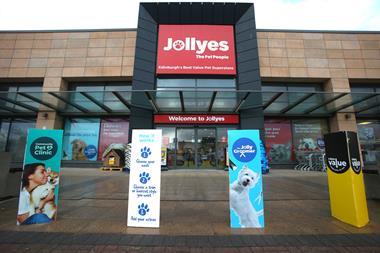


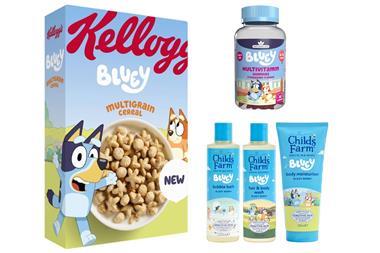





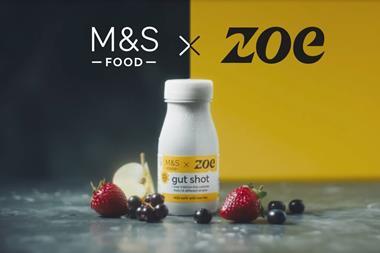
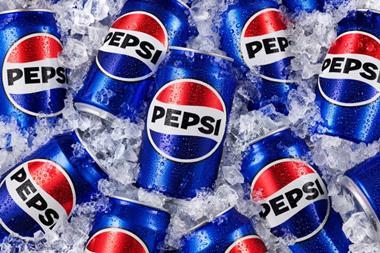
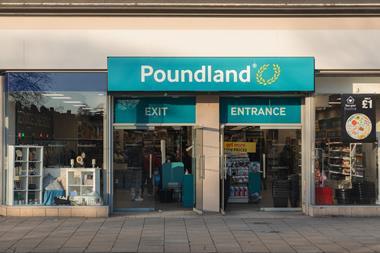
No comments yet